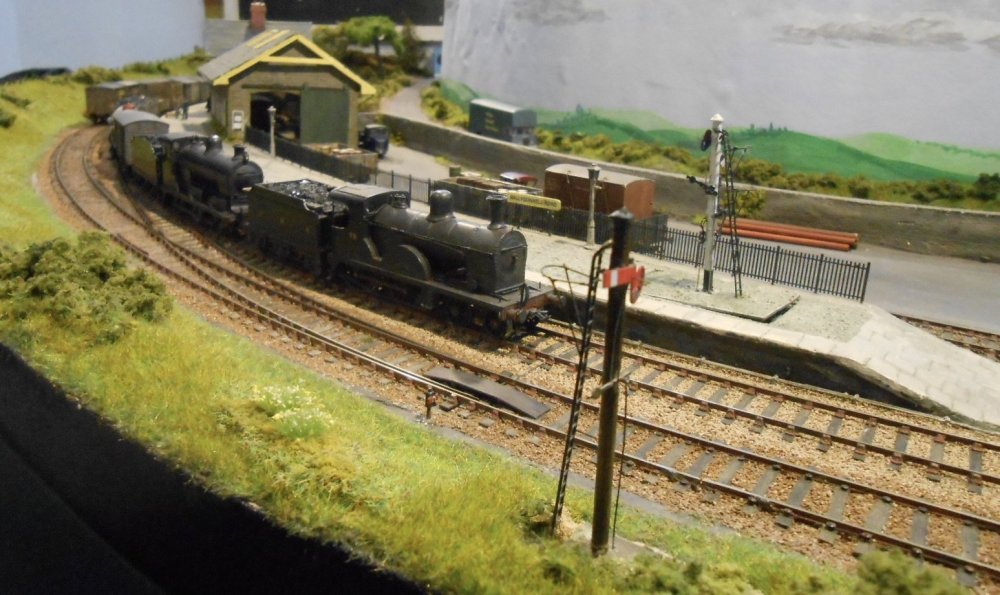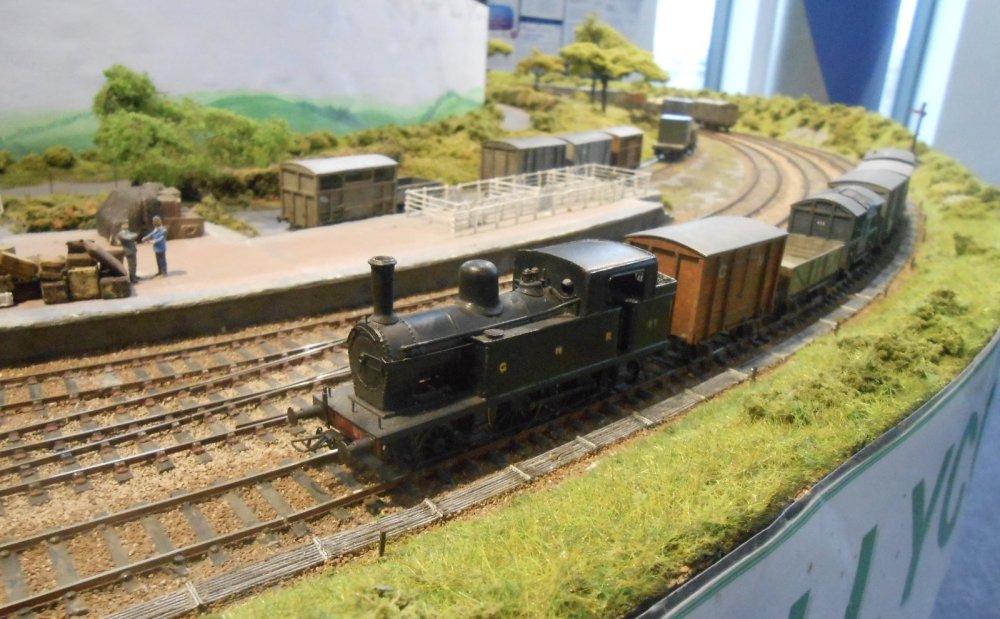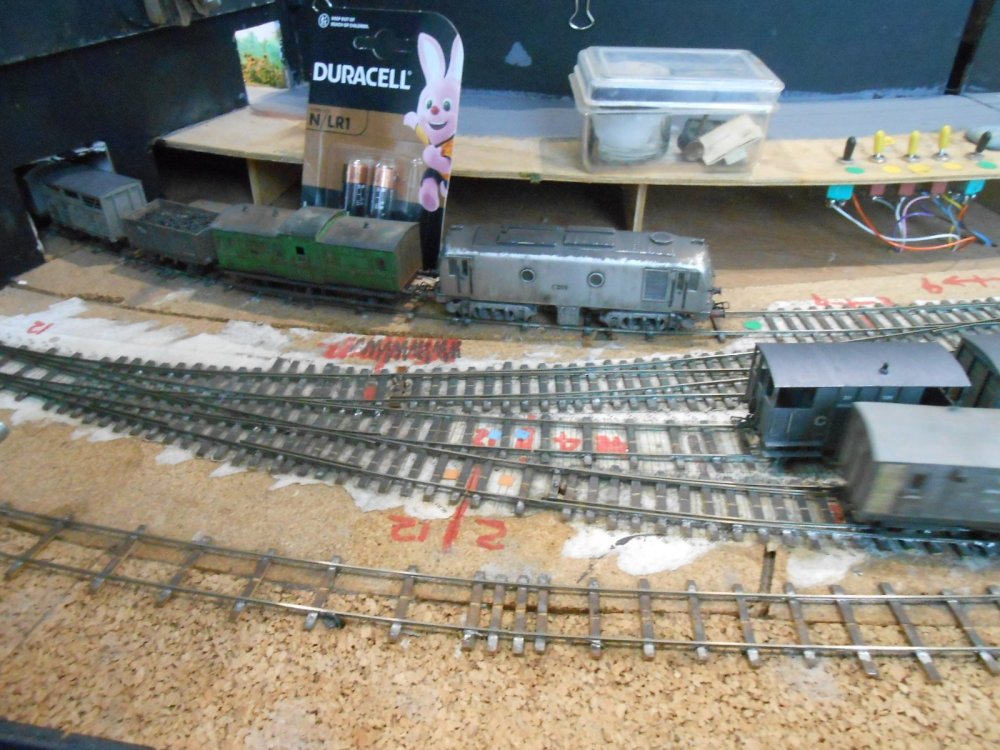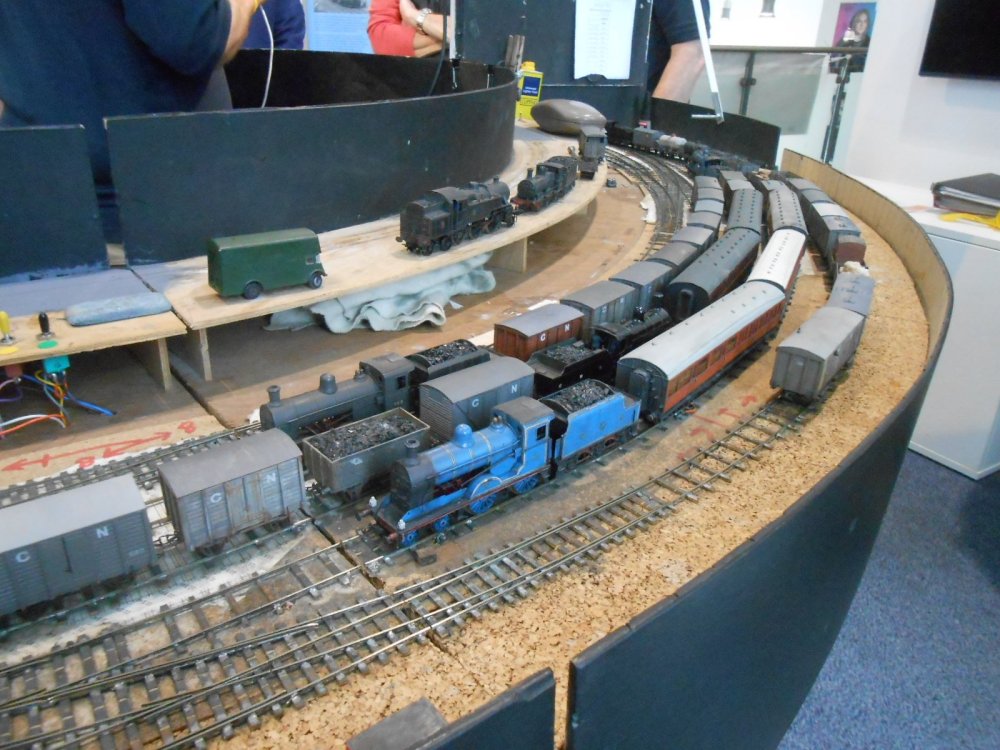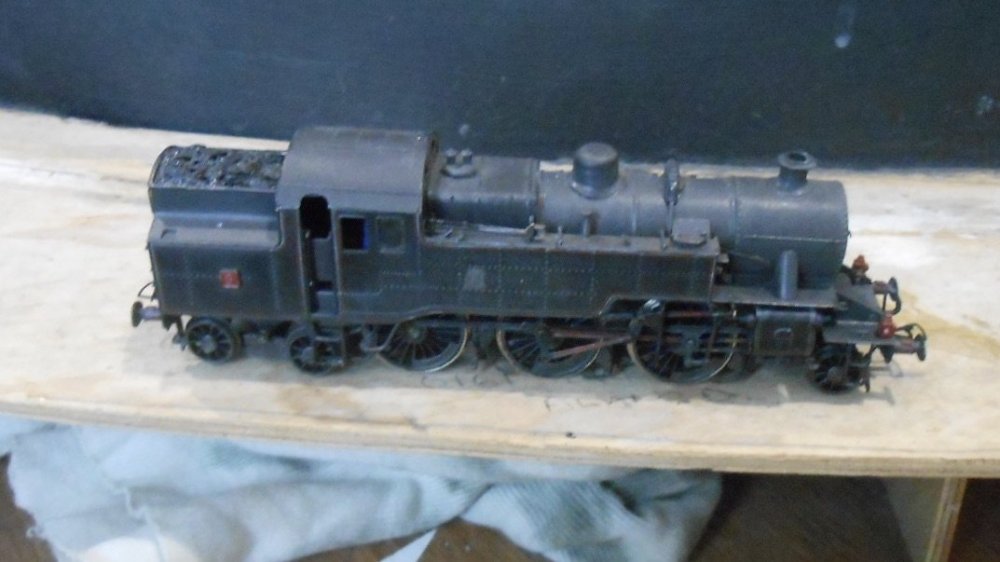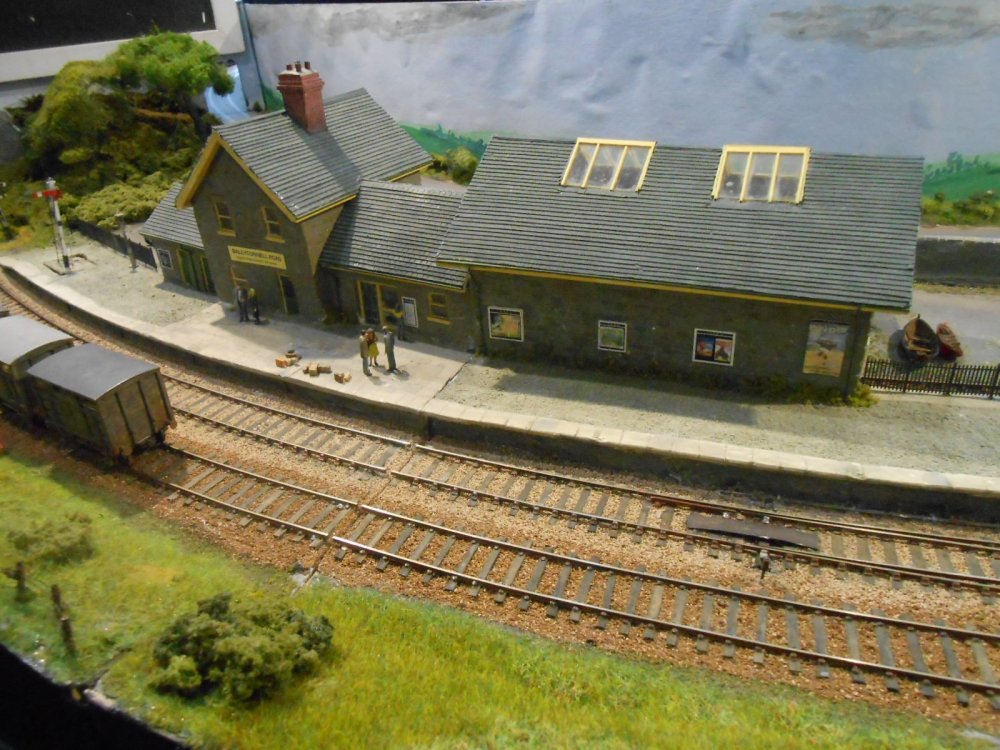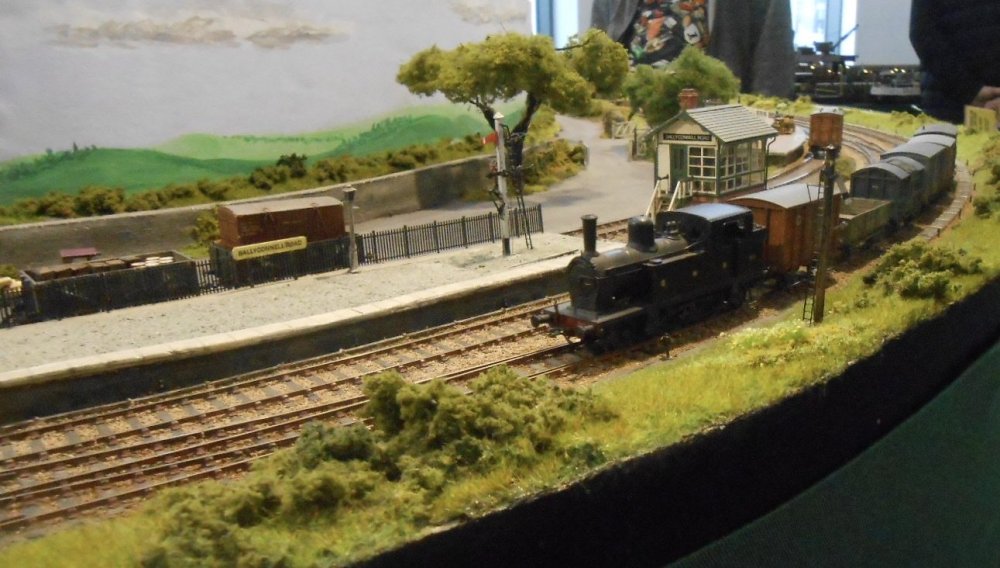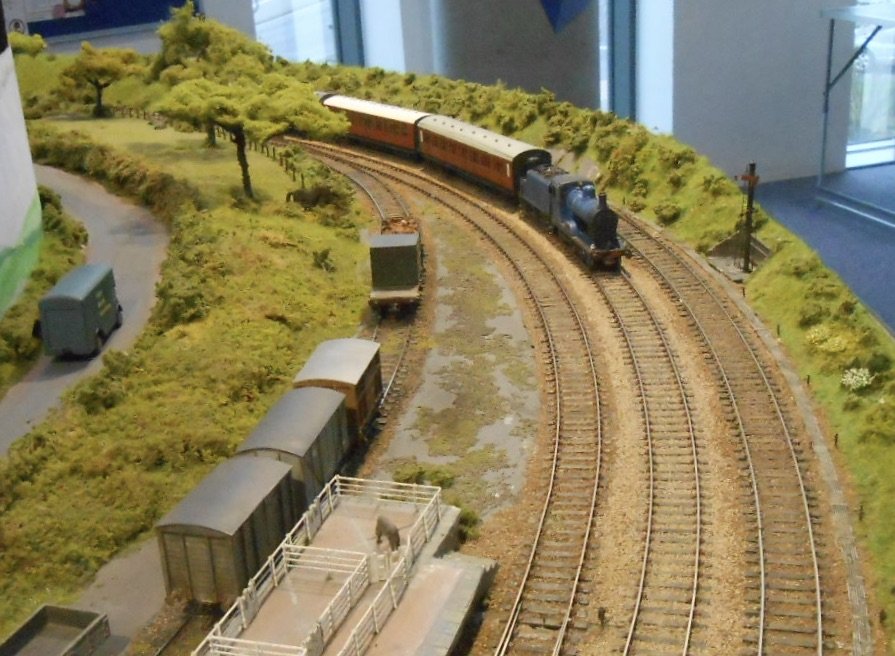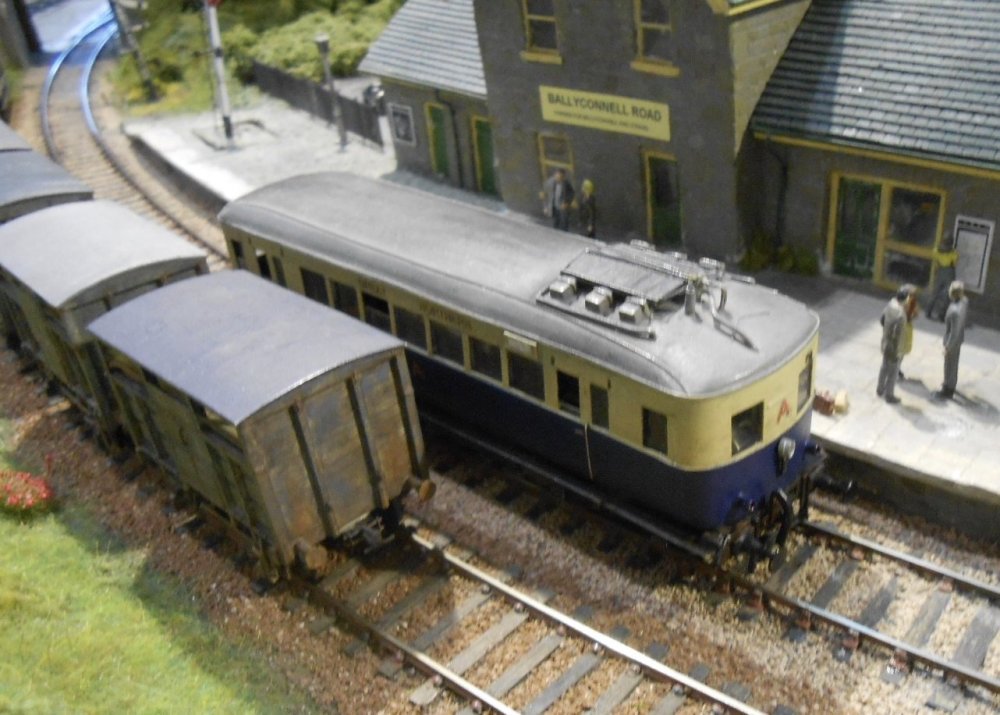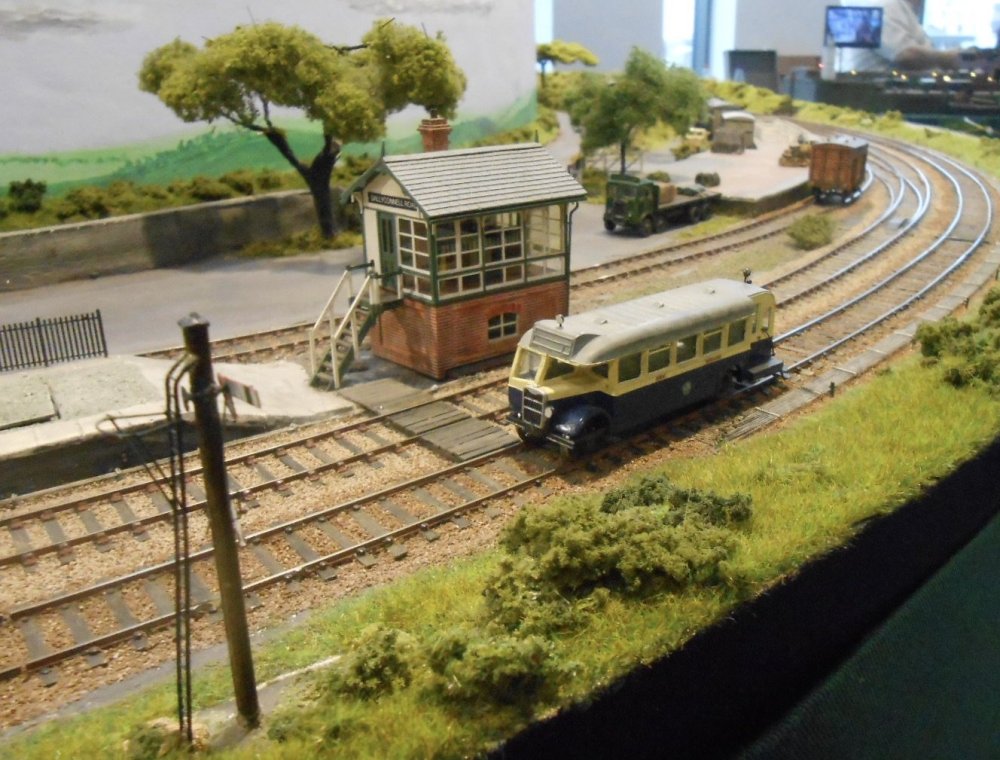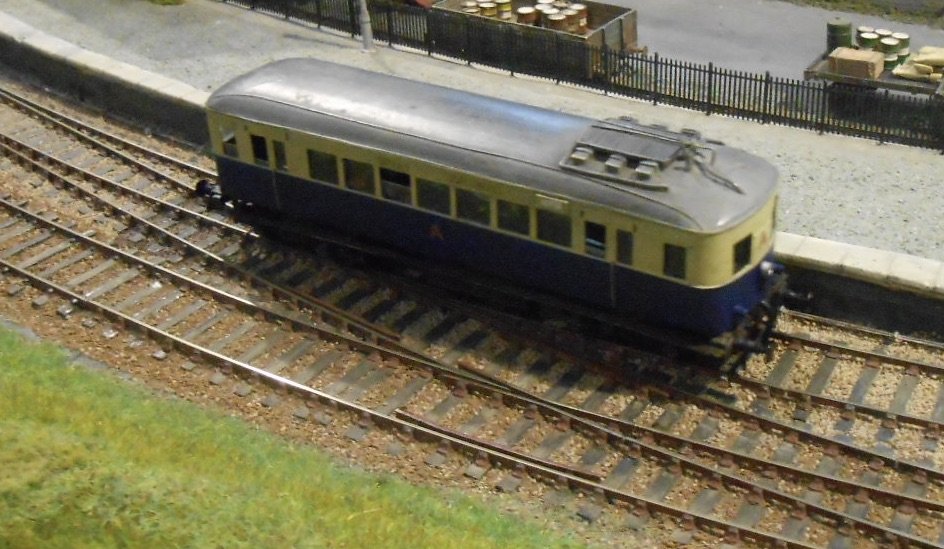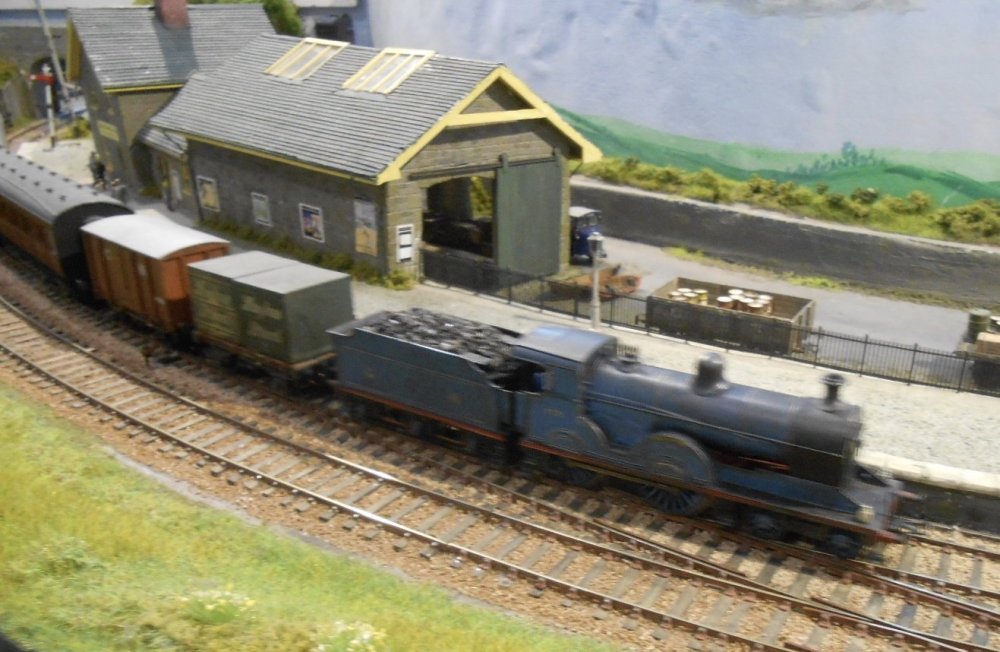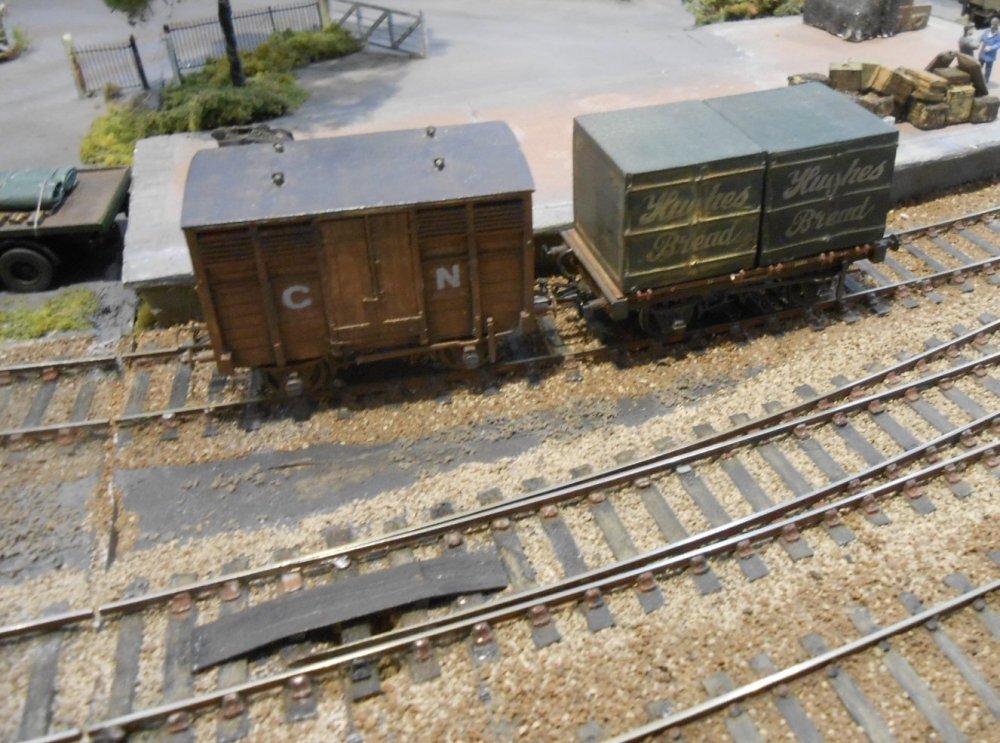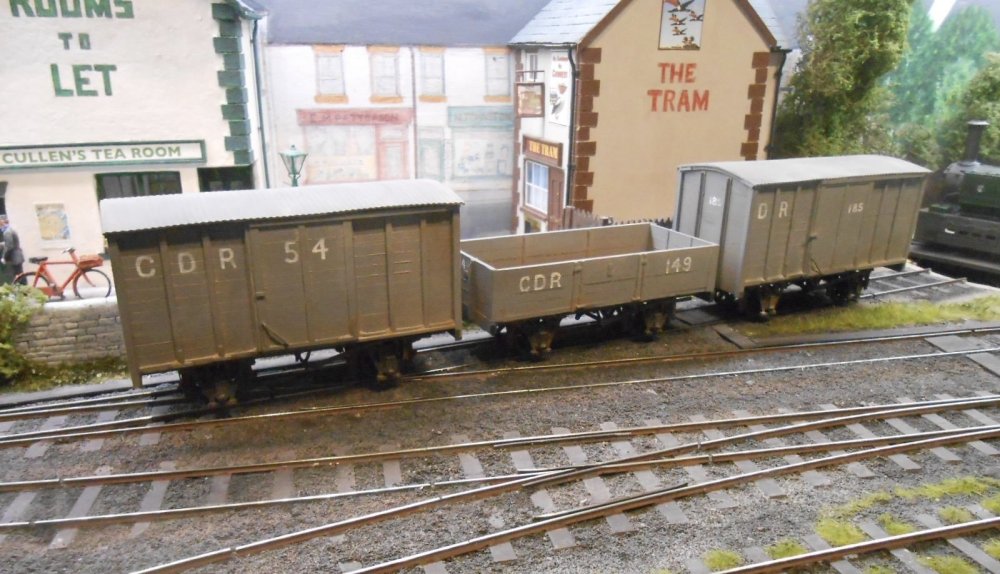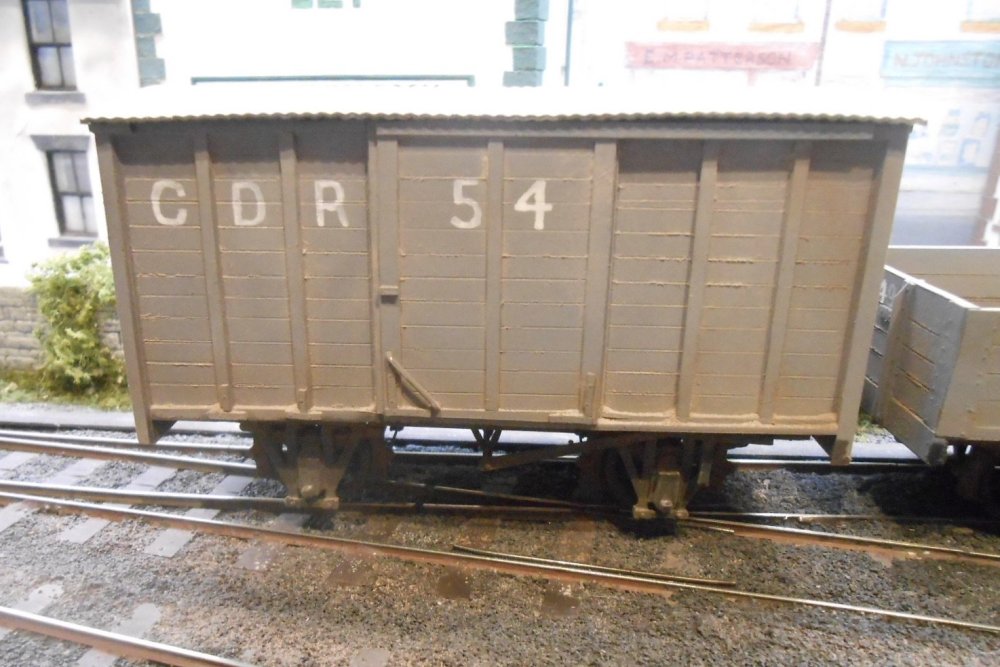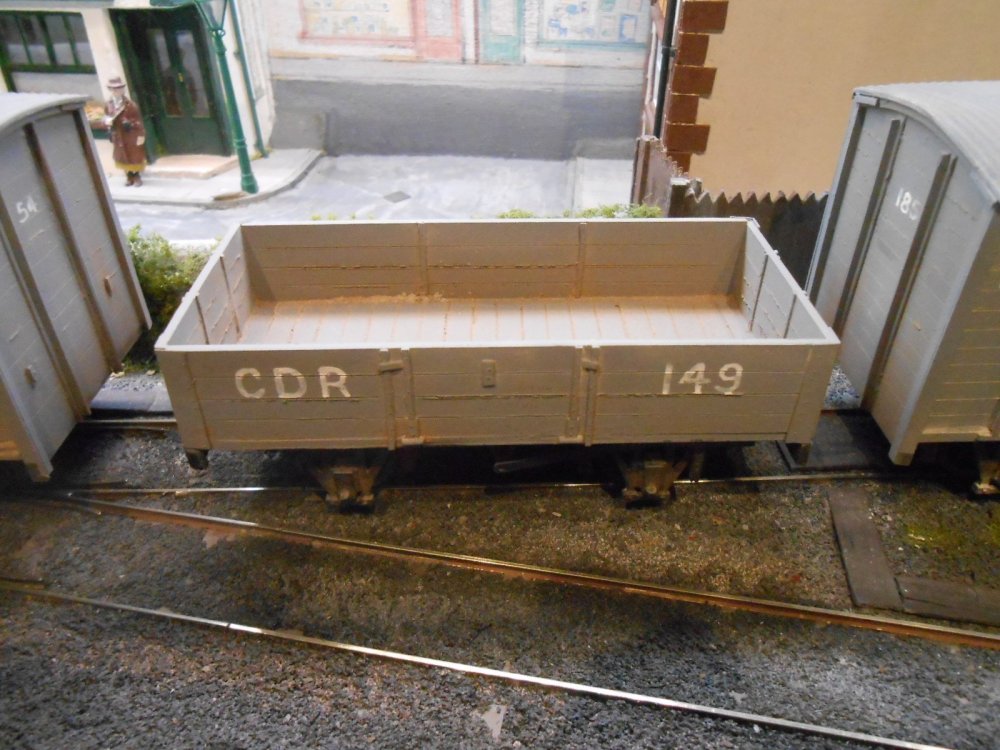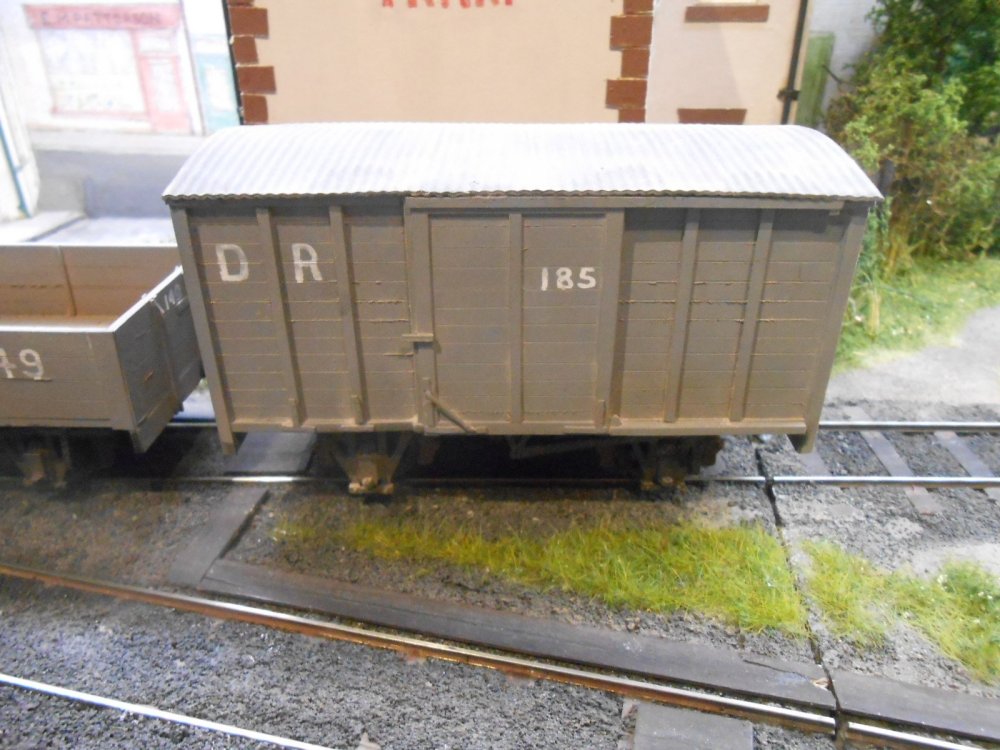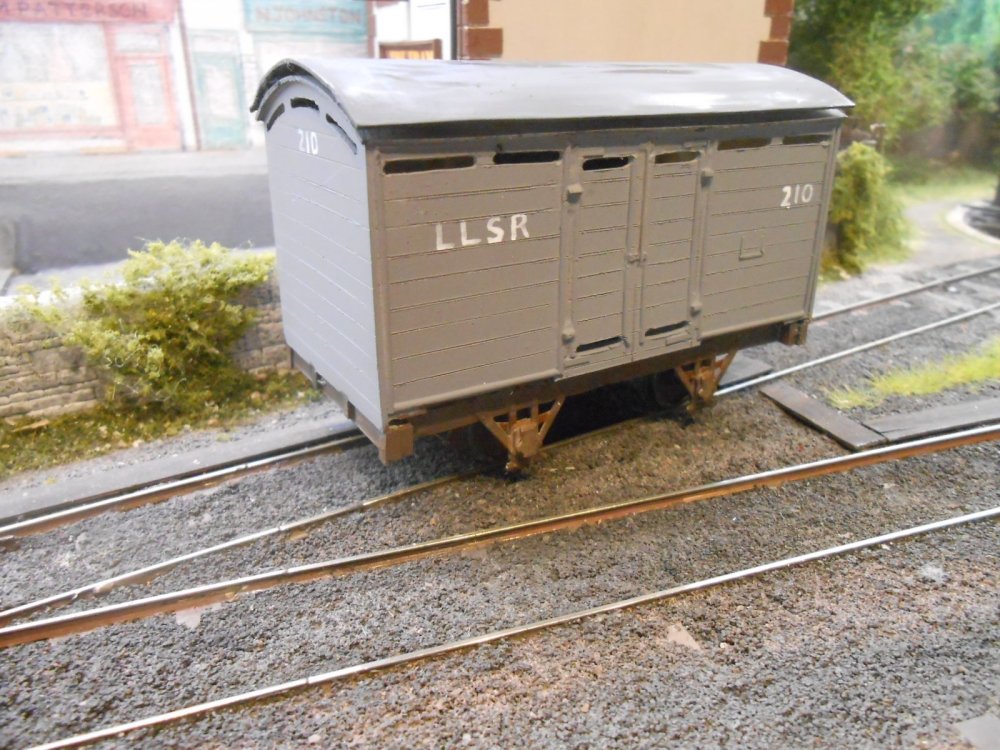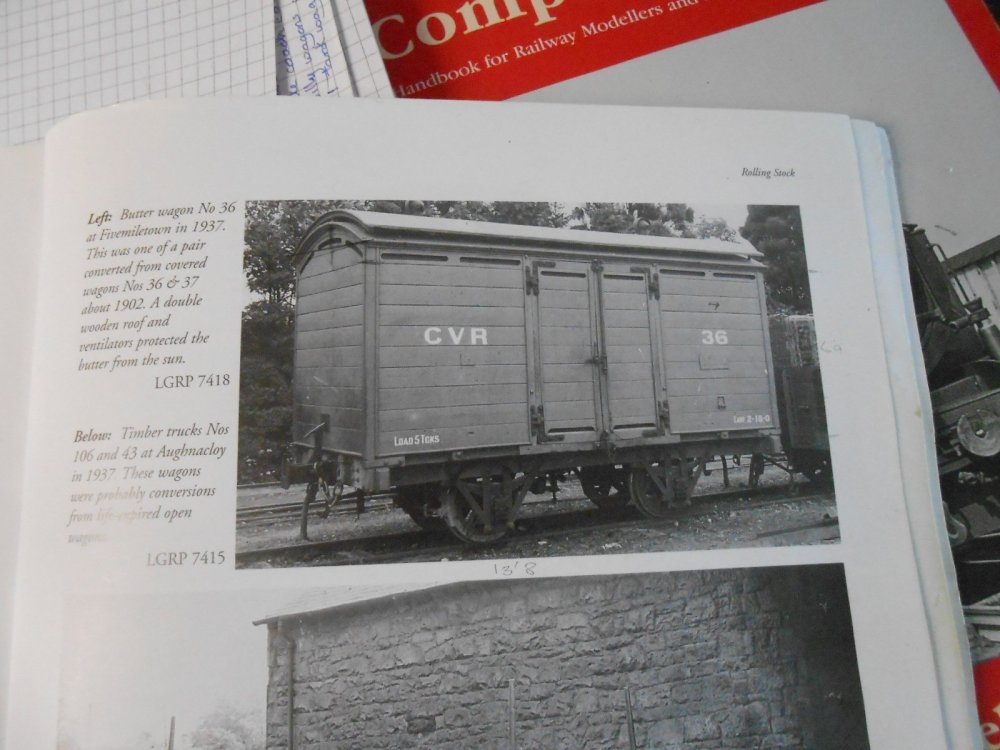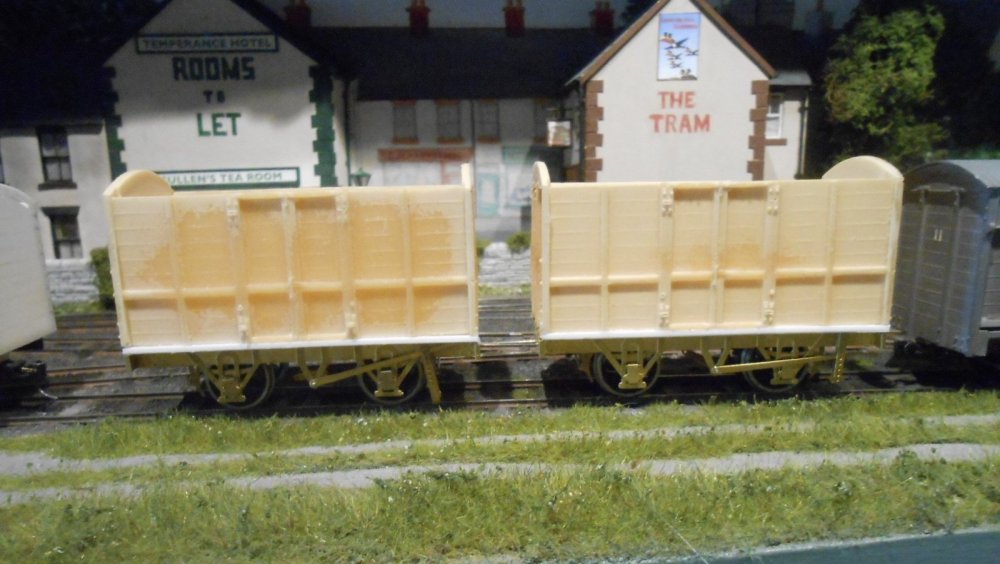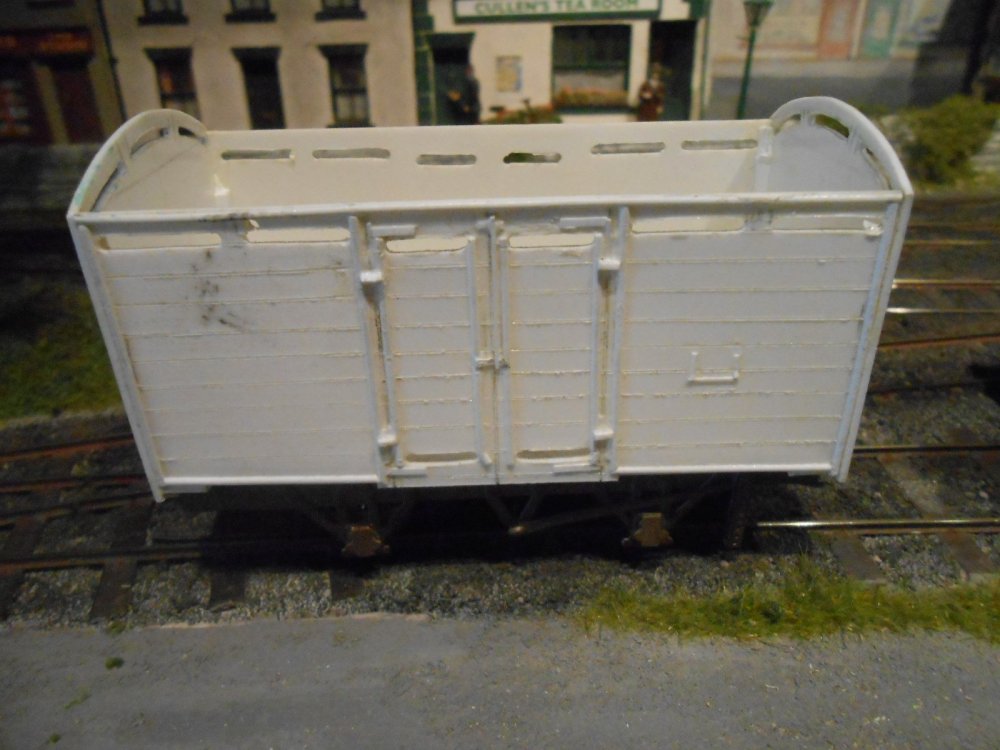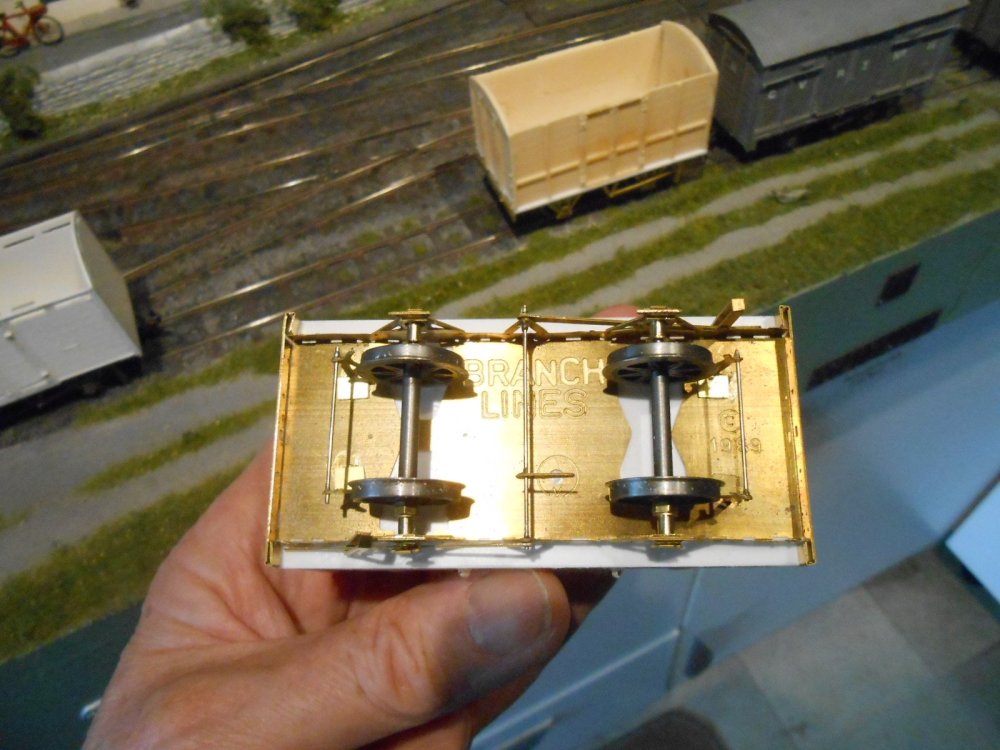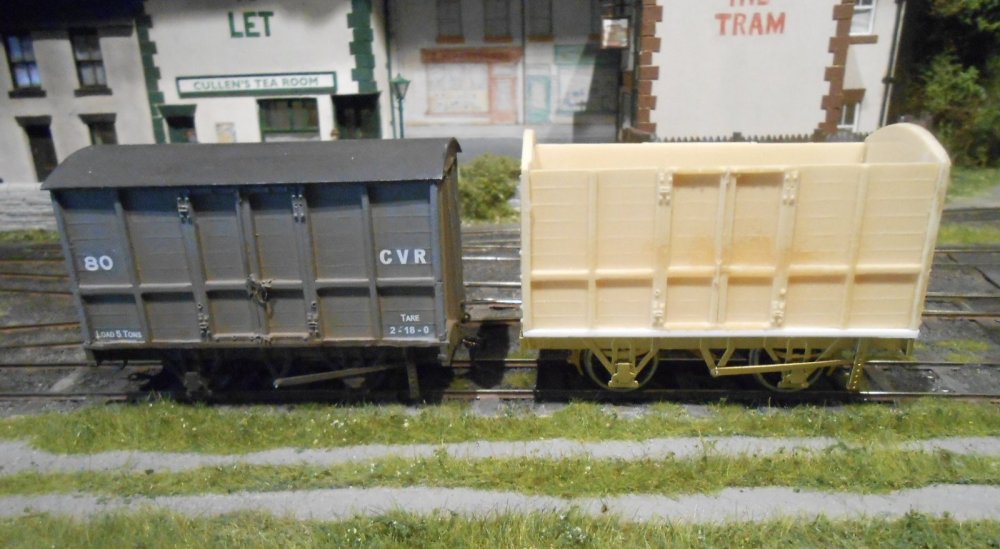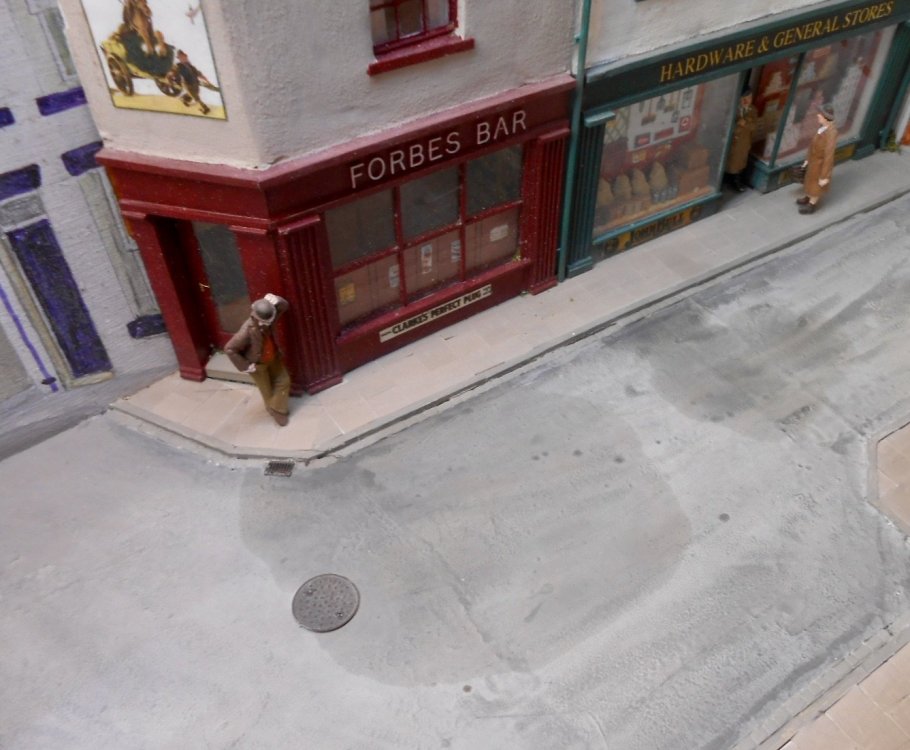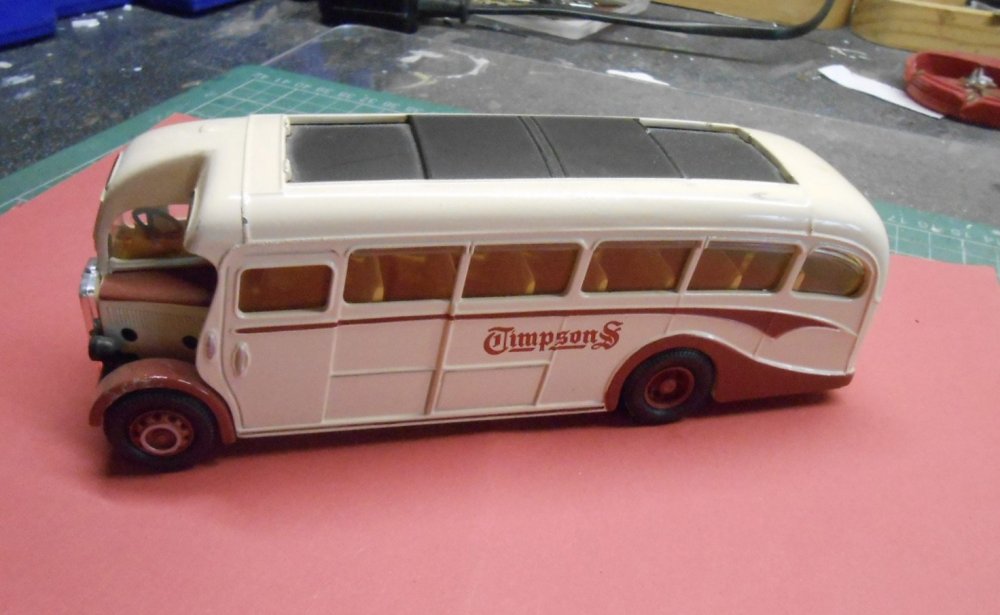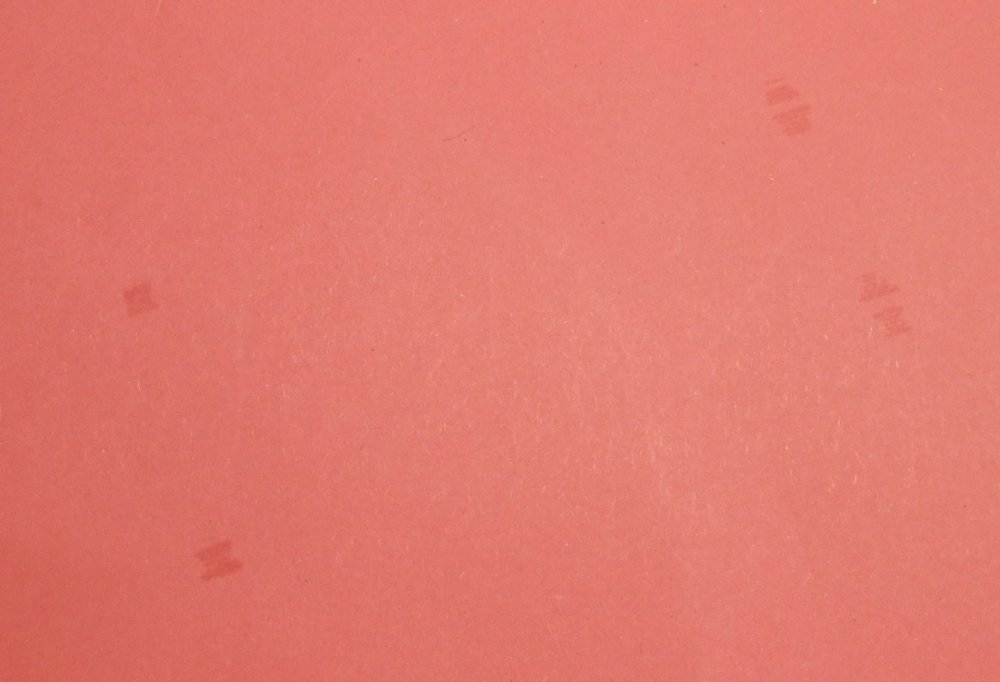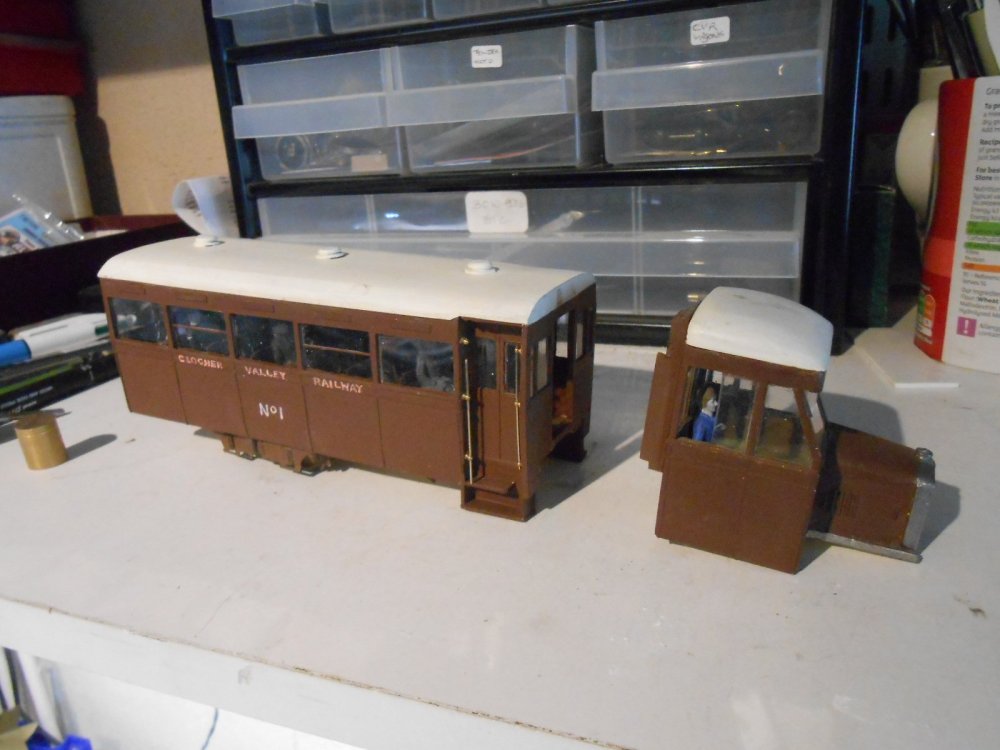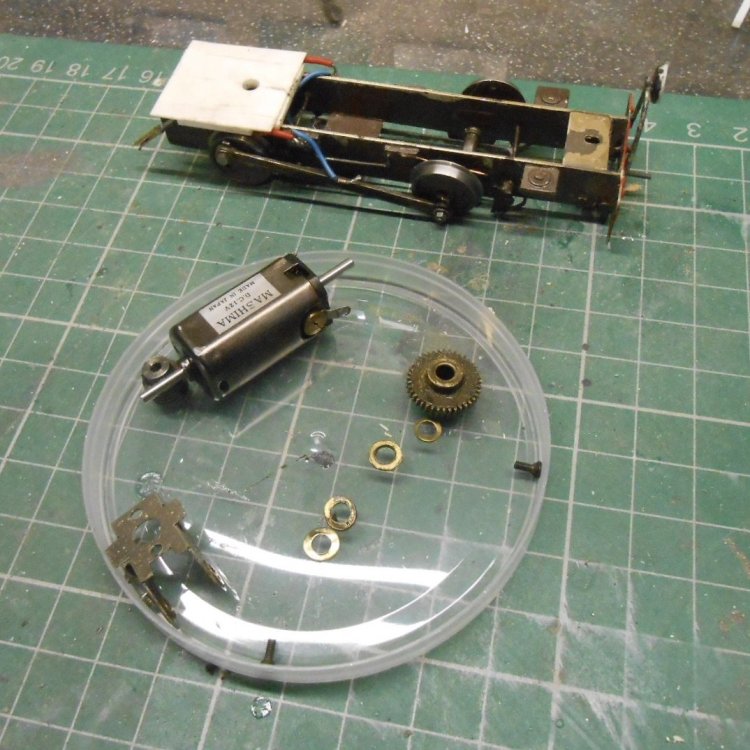
David Holman
Members-
Posts
3,693 -
Joined
-
Last visited
-
Days Won
98
David Holman last won the day on March 17
David Holman had the most liked content!
About David Holman
- Birthday June 18
Personal Information
-
Location
SE England
Converted
-
Biography
Former primary headteacher.
Active modeller for 30 years, last 20+ in 0 Gauge [Guild Member]. Several articles in Railway Modeller around layouts Hawkhurst & Cranbrook town [both 0n16.5], and Loose End and Eatonswell [standard gauge], plus one in Model Railway Journal on Wantage well tank.
Long term interest in Irish Railways, for reasons can't explain, other than their obvious charm. Now working on 36.75mm, 7mm scale model of a Sligo, Leitrim & northern Counties railway proposed branch line
Converted
-
Interests
Model Railways, bird watching, walking, most sports.
Converted
-
Occupation
Retired primary headteacher and schools advisor
Recent Profile Visitors
The recent visitors block is disabled and is not being shown to other users.
David Holman's Achievements
-
Lovely stuff. Re baseboard height, Arun Quay is about 4'3, I think, which is where I've put Fintonagh and Northport Quay. This height works really well if there is a firm barrier in front for spectators to lean on and (just about) allows someone in a wheel chair to see. As for front v rear operation, the option of sitting on a high stool is a nice one, though much depends on sight lines for uncoupling magnets, shunting and the like. In the case of this layout, guess there will always be someone in the middle too. Autocouplings, are all the Spawn of Satan, as far as I'm concerned, but a necessary evil for front operation. Personally, never minded the hand of god, but there is no doubt that any hands free operation looks really good - very much as exemplified on Ballyconnell Road last weekend.
-
For Fintonagh's three foot, 21mm track gauge, I used Templot's Irish EM point templates, but ran them through the photocopier to get 21mm gauge, three foot radius. I used Branchlines 4mm scale wagon wheels on 2mm brass axles without problems, though do need to keep an eye on back to backs. Now using Slater's 7mm scale, three foot narrow gauge wheels without problems and likewise Gibson 4mm scale drivers. I think the important thing is the flangeways, which are 1mm and (fingers crossed) all seems ok with this mongrel approach!
-
Ballyconnell Road was at the Ashford Show this weekend, so took a few photos for those of you who may not be acquainted with this splendid layout. 3mm finescale, the track gauge is the correct 15.75mm for 5'3, with the equivalent of P4 [P3?] tolerances, resulting in very fine track and exceptional running. Indeed signals all work, auto couplings seem faultless and operation is really slick. A large variety of GNR trains feature - all scratch built, with most of the steam locos having working inside valve gear. Mick has been working on some new coaches recently. Flush sided, they are scratch built from nickel silver sheet, with all the windows and toplights fretted out by hand! Enjoy...
- 4 replies
-
- 10
-

-

-

-
Three new Donegal wagons now just short of their couplings, after I made another go at the lettering. Read recently that they were hand lettered and when you look at photos, you can see that no two are the same. Hence dipping pen and Indian ink for me then. Also fitted a double roof to the CVR butter van, which is now masquerading as Swilly number 210
-
Nice! Tiny models, it always amazes me how big the real things are.
-
He'd stand a better chance by removing the Donegal tag, if he is.
-
Worth checking out the Wizard Models website, as he stocks a good range of such things.
-
While the railcar is away having a chassis made, have been using the time to finish off a few wagons, most of which have been lying around for quite a while - years in some cases! This is particularly the case with these three Clogher Valley Vans. Two of them are made from resin sides, cast from my own masters. Having put the sides and ends together, they got no further, as I realised I already had enough vehicles for Fintonagh. However, the County Donegal bought several of them, many of which became the well known 'red vans', often accompanying the rail cars. As their original 2 foot diameter wheels didn't ride too well at the faster speeds the railcars were capable of, the Donegal fitted 2'7 wheels and, happily, these fit nicely in the standard Branchlines chassis. This raises the height slightly, as can be seen in the photos, when compared to the originals. The other wagon is a butter van. I made the body from plastic sheet, but again, it has languished unused until the last couple of days, when I finally got round to adding a chassis. It also needs the double layered roof that was used to help insulation. It was used to carry rabbits late in its life, so I'm claiming that it was bought by the Swilly for the same purpose when the CVR closed, becoming their number 210. It runs on the original, smaller wheels.
-
When planning layouts, important to remember basic stuff like the length of your longest loco, so it will fit in the headshunt when running round and don't forget to add in a couple of inches for buffer stops either. Train length important too. Ideally, your longest train should be no more than a third of the length of the scenic part of the layout. It just keeps things in proportion. In 00, allow about nine inches per point (shorter or longer depending on radius) and remember that the absolute minimum width for a platform is 6 feet and 12 for an island, so one to two inches and ideally slightly more.
-
Prototype v artistic licence v might have been v total fantasy has always been the way in model railways. Greatly admire those who go the whole way and faithfully copy the prototype, but (as with Grantham in this month's RM), there's usually a bit of narrowing and shortening in there for practical reasons. It was Iain Rice who coined the term 'signature elements', one that works for me - in particular the model should first be recognisable before any trains pass through. Buildings, signals, track gauge(?) and so on. Love the idea of the prototype, but capturing the essence of the scene can be just as important, which is why Kilbrandon worked so well - immediately Irish and a bit like a good painting or book, the more you study, the more you see. Keep it coming, Paul.
-
Drogheda MacBride Station And Platin Cement Factory
David Holman replied to Anders112's topic in Irish Model Layouts
If you have the space, then this prototype really looks a good'un.- 22 replies
-
- 1
-

-
Be good to see you. I offered them Northport Quay as an alternative, but not narrow enough!
-
Having said that the Letchworth show would be Fintonagh's last in its current form, got an invite to go back to the Eastleigh narrow gauge show at the end of April, so have been getting stuff out to make sure all is still working, after an eight month layoff. The Barclay tank and Swilly/Donegal stock have been trundled around, but not the Clogher Valley. And just as well, because a couple of strange things seem to have happened. First was the sight of two curious patches on the road behind the station. At first it looked like damp, but happily that was quickly ruled out and soon realised the culprit was my Cogi Classic bus. When I first bought it as a model for one of the Swilly's fleet, I filed 'flats' on all four tyres: this is a simple trick that makes any tired model sit better. The bus has spent several weeks sitting behind Fintonagh station and it turns out those filed tyres have been [somehow] leaking a greasy substance into the road surface. Have proved this by placing the bus on a piece of thin card for a couple of days and, hey presto, small grease marks have started to appear, as shown below. Never come across this before though! Haven't decided what to do about the road surface yet, but am thinking it might be an idea to seal the flat spots on the tyres before it goes back on the layout. Won't be there at Eastleigh mind, because the bus was built after my Clogher Valley late 1930s timeline. Stock mostly proved alright, apart from two Kadee couplings needing attention, until I got to Railcar No1 that is. Running was decidedly lumpy, indeed it was struggling just to haul itself along and was really noisy in reverse. Tried it on the bench with my old H&M Clipper, with the same result, so decided to remove the body work and have a look at the chassis. Loosening the main gear wheel showed the rods were still moving freely, but in doing this noticed the motor [a Mashima 1626] was decidedly hot. Not good. So, decided to to strip down the whole chassis, including un soldering the motor leads and removing the motor from the gearbox. On its own, the motor is vibrating far too much for my liking and quickly gets warm even under a light load. Unfortunately, Mashimas haven't been available for some time and alternatives seem very thin on the ground with nothing available from either Roxy or Wizard. Branchlines might be an option, especially as it is one of their gearboxes, but I don't have an up to date catalogue and they must be one of the few traders still without an an on line site. The only option seemed to be High Level, so a new motor gearbox, of similar size has been ordered from them. The Railcar, meanwhile, remains in bits as shown below.
- 251 replies
-
- 10
-

-

-
Drogheda MacBride Station And Platin Cement Factory
David Holman replied to Anders112's topic in Irish Model Layouts
Looks a very good plan. Best advice is the old one of "every journey begins with the first step". An ambitious project, for sure, but take your time and enjoy it - keeping us all posted as you go along.- 22 replies
-
- 4
-

-

-

-
Splendid!
.png.c363cdf5c3fb7955cd92a55eb6dbbae0.png)

